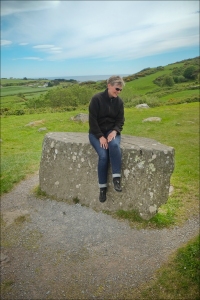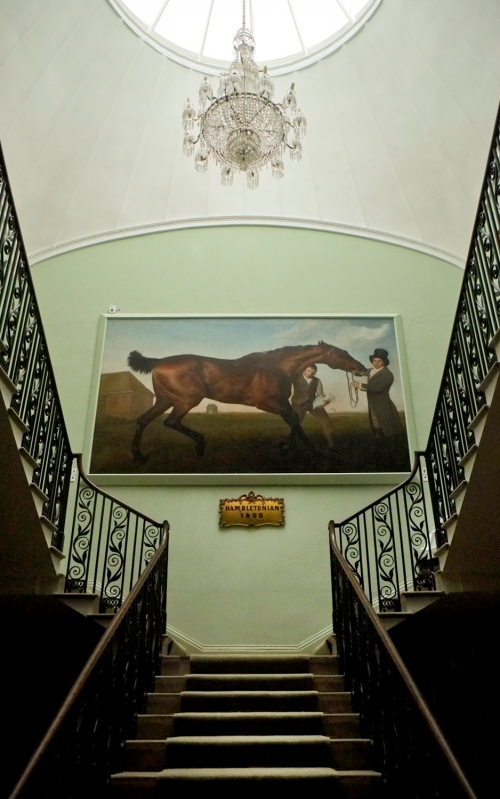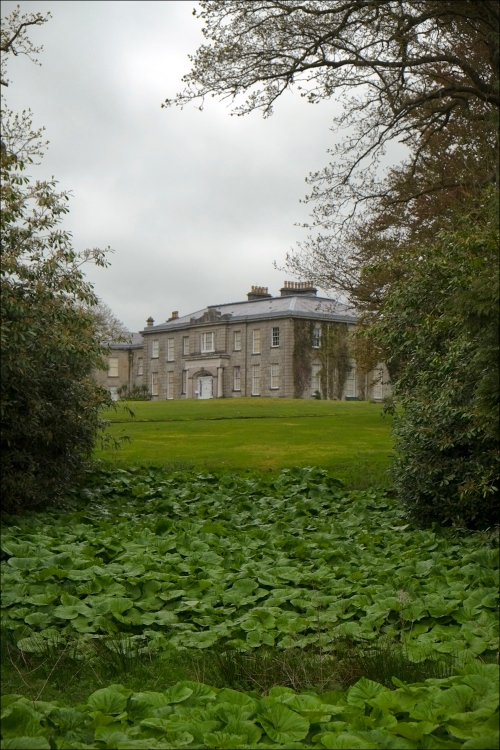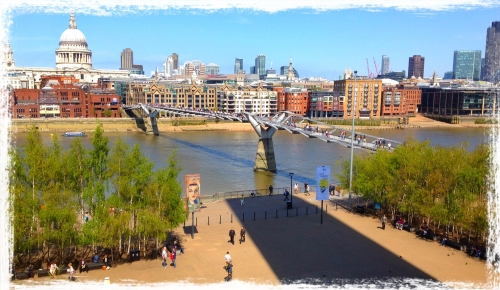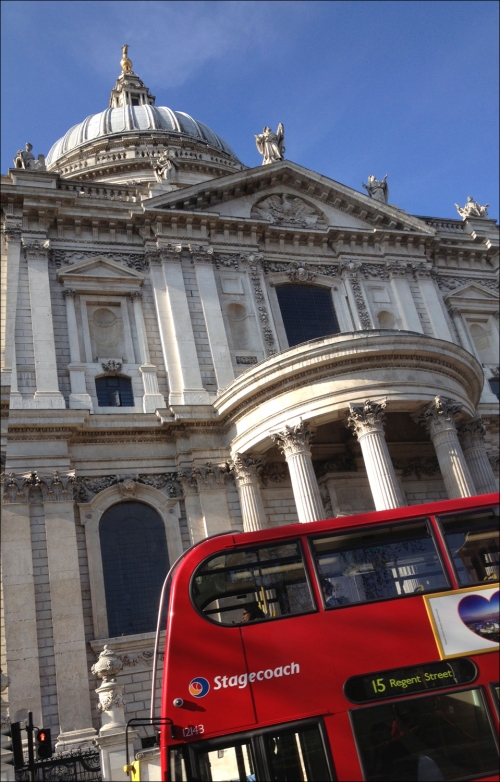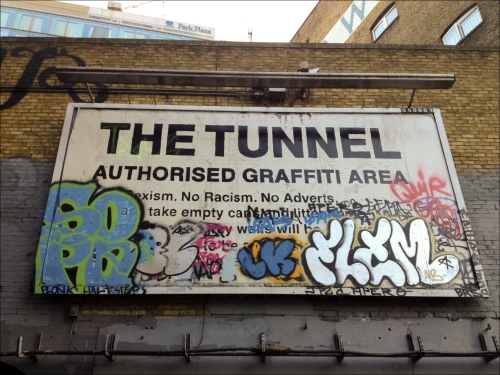During this semi-isolation we live in now I’ve managed to get to some long forgotten projects. A quarter of a century ago, in 1995, we went to Sherborne, England for our first Home Exchange. We were still in an analog universe without digital cameras, cellular phones, social media and the high speed Internet we know today. So our negatives and journals, after a cursory perusal, went the way of all vacation memories at the time, deep in a drawer. We have decided to rediscover what we did and how we felt about it. Come along.
1995
Wendi has been organizing our very first European Home Exchange for over a year at this point. We fly out on March 23rd for a 5 1/2 week trip to England. We’ll be spending our first 3 1/2 weeks in Sherborne, Dorset at the home of the Rouses, two teachers at the Sherborne Boys School, one of a few exclusive institutions that molds entitled little rich kids into the leaders of tomorrow. Then we’ll be off to London for two weeks in a small studio flat in Covent Gardens.

This is a real act of faith for us. Leaving our home and business for almost a month and a half feels very risky. Our clients are a bit shocked and not particularly happy, as most are corporate types that get two weeks off at the very most. We’re not sure if there will be business when we return. Time will tell.
At this point I should tell you a little about the exchange. We have discovered that our exchangers, Tony and Jan Rouse, share the same last name but are, in fact, not married or even together. They are just good friends. When we were picked up at Heathrow it was explained to us that we could stay at either Jan or Tony’s house, but that Tony’s house, the Firs, was larger and directly across the road from Sir Walter Raleigh’s Castle. Wow, a house with a name, next to a castle, that’s the one for us. It was only after we were dropped off that the fatal flaws in our decision became apparent. Tony lives all alone, he’s a bachelor and all that entails, beginning with a very unfortunate kitchen and two bathrooms in crisis. As for the view of the castle, actually it’s about as charming as a huge crumbling pile of rubble can be.

I’ll feel better after a quick shower, but wait I can’t open my luggage. The name tag says Capt. Thompson. Who the hell is Capt. Thompson? I call British Airways, “Hello Mr. Peterson, we’ve been expecting your call. You apparently have Capt. Thompson’s bag. He’s on his way to Nairobi now, so we’re going to send a driver by your place to pick up the Captain’s bag and bring it here. We’ll try and get your bag out to you in a couple days. OK?” I pause as my jet lagged brain tries to think this through. “Mr. Peterson, you still there?” “Yes, but I’m afraid your plan won’t work for me. What I will do is exchange bags with you. Bring me my bag and you get the Captain’s bag.” After three solid minutes of dead air time she finally agreed. The driver arrives just after midnight, topping off the longest day of my life.
Sherborne Abbey

Christians have worshipped where the Abbey stands for over 1300 years. When Henry VIII dissolved the monasteries in 1539 his good buddy, Sir John Horsey, acquired Sherborne Abbey with plans to demolish it. The townspeople, only about 2000 strong, rallied together and heroically managed to raise what would be over $445,000 today to save the church.
Our new friends have organized a little tour of the Abbey. Their friend is the cathedral organist and has promised to show us around.The organist was so kind and hospitable. To the surprise and delight of people visiting the cathedral, he even belted out a little ditty for everyone’s enjoyment. He then took us up the secret stairway to the roof for a view of the town.




After the tour we headed over to the Digby Tab for a few Imperial pints of Strong Bitter. The organist arrived after a couple rounds. I stood up and announced to the assembled crowd that he has the largest and most beautiful organ I have ever seen. I’m certain that they are still teasing him and laughing about the dumb American.

Stonehenge
When you could still walk up and touch these magical stones.


Beer
A quaint little Cornish village perched on hillside overlooking the English Channel. We decided to stay here simply because it’s named Beer. Seemed like a no-brainer.

We stayed at the Colebrooke House. At breakfast we tried to chat with the owner and asked if he had grown up in Beer and what he did for a living before starting a B&B. He immediately dressed us down for being far too farmilar and explained that the English would never take such liberties with a stranger. As soon as he left the room the ladies at the next table came over, introduced themselves and told us the landlord was full of bullocks and just being an old grump.





Tintagel Castle

A medieval fortification located on the island of Tintagel, the castle was built by Richard, 1st Earl of Cornwall in the 13th century.
It has been a tourist destination since the 1930s when visitors began coming to see the ruins of Richard’s castle. Tintagel Castle has long been associated with the legends of King Arthur.
Geoffrey of Monmouth created the Arthurian myths that are still popular today. In the 12th century he described Tintagel as the place of Arthur’s conception in his mythological account of British history. Geoffrey wrote that Arthur’s father, King Uther, was disguised by Merlin’s sorcery to look like the Duke of Cornwall, so he could sneak into the Duke’s bedroom and have his way with Igraine, Arthur’s mother. A sort of 12th century date rape.



Trevigue, Crackington Haven, Cornwall
We drove to Trevigue down a very narrow country lane after dark. The fog was so thick that we didn’t realize that just 15′ to our left was a 100′ cliff above the Irish Sea. Mentioned in the Domesday Book, Trevigue has been a farm since before the Norman Conquest.


Further North








Warwick castle


London
It’s Easter Sunday and we’re on the train to London for our last two weeks. We’ve rented a very small apartment in Covent Gardens from Mr. Almaz. Apparently it’s his son’s place and the old man puts him out whenever he can get a renter. It’s teeny but clean and the son has tons of movies. We haven’t turned on a TV in over a month.













The Imperial War Museum
Much to my surprise, this place is great. World War II is clearly England’s defining moment and this extraordinary museum gives you a real feel for the devastation and aftermath of the conflict. We even took a simulated bombing run over Berlin.

The Tower of London
It’s not really a tower, it’s a walled fortification that encloses a jail, an armory, a jewel house, chapel, royal houses and apartments. The Beefeater that served as our tour guide told us that in centuries past it was a very unpleasant place that the Royals would only come to when there was a threat of attack. The sewer system in particular was suspect. It was designed with the thought that the tidal river would wash the waste out to sea twice a day. Apparently it never worked and left the whole place smelling like an open septic tank. A lot is made of the famous beheadings that took place on the Tower Green, but apparently most executions took place outside the complex on Tower Hill so the bloodthirsty public could attend. Executions inside the complex were more solemn affairs not meant for immediate public consumption.





Touring With Her Majesty














